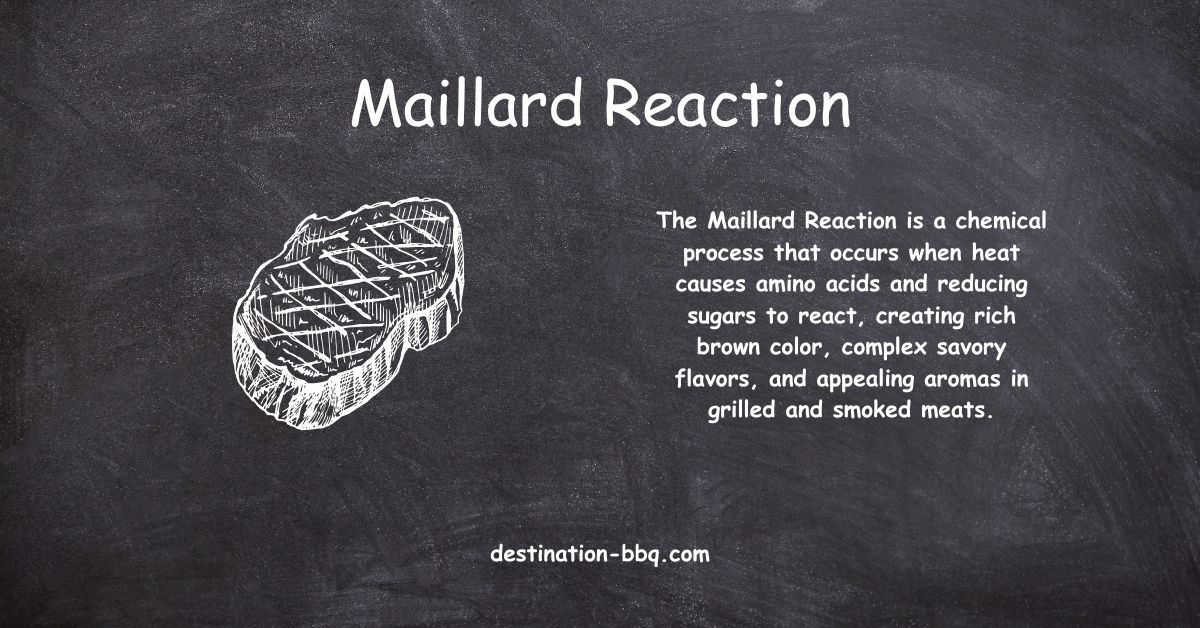Food Chemistry

Advanced glycation end-products
Advanced glycation end-products (AGEs) are irreversible adducts and cross-links formed when reducing sugars or reactive carbonyls non‑enzymatically modify proteins, lipids, or nucleic acids. AGEs accumulate with aging and in hyperglycemia, alter tissue mechanics, activate inflammatory pathways via receptors such as RAGE, and are implicated in diabetic complications, cardiovascular, renal, skeletal, and neurodegenerative disorders.

Maillard reaction
The Maillard reaction is a complex set of nonenzymatic reactions between reducing sugars and amino compounds that produce characteristic browning, aromas, and flavors in heated foods. First described by French chemist Louis-Camille Maillard in 1912, it proceeds through glycation intermediates such as Amadori or Heyns products and ultimately yields polymers known as melanoidins. The reaction also underlies glycation processes in vivo and can generate compounds of toxicological interest, including acrylamide, during high-temperature cooking.